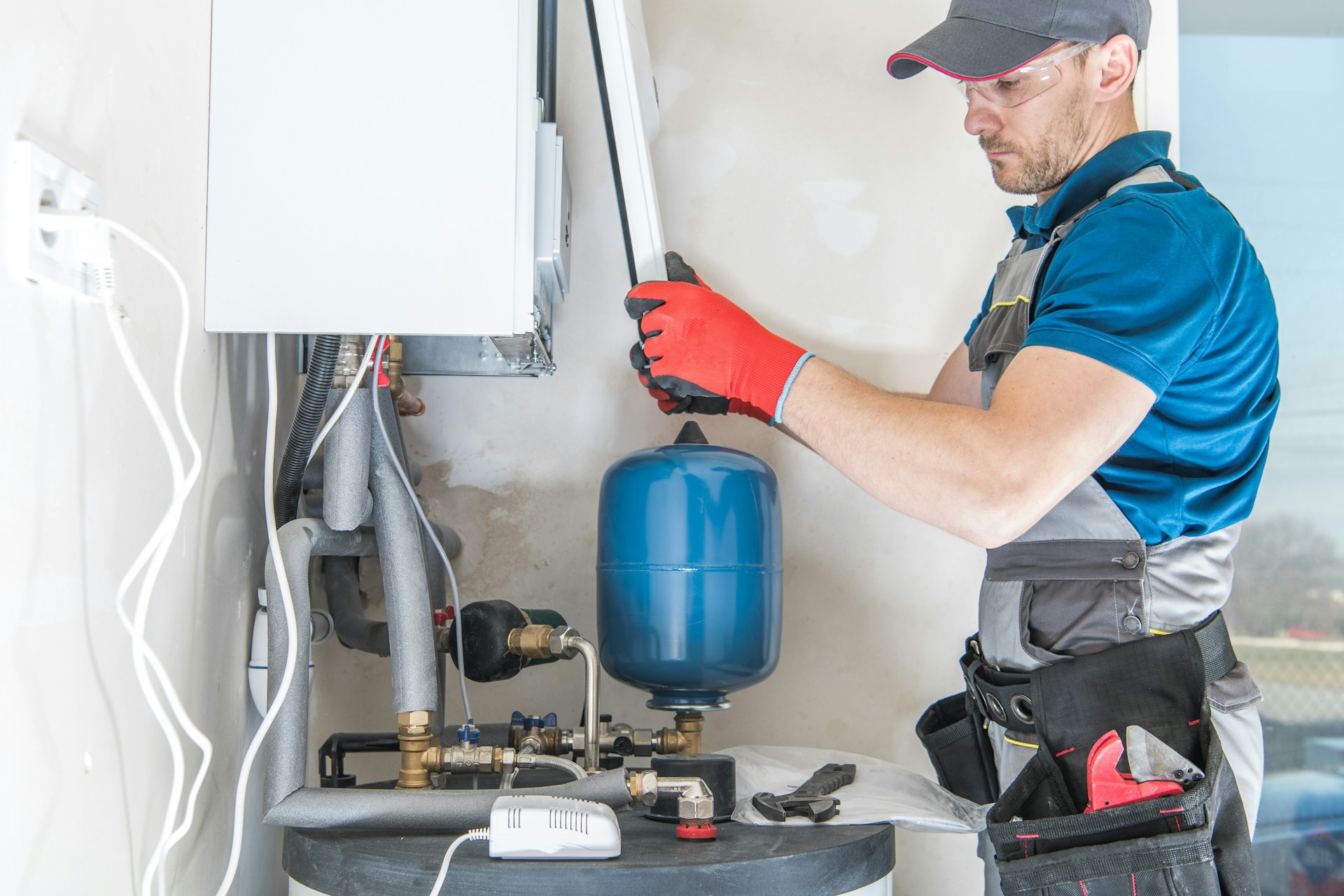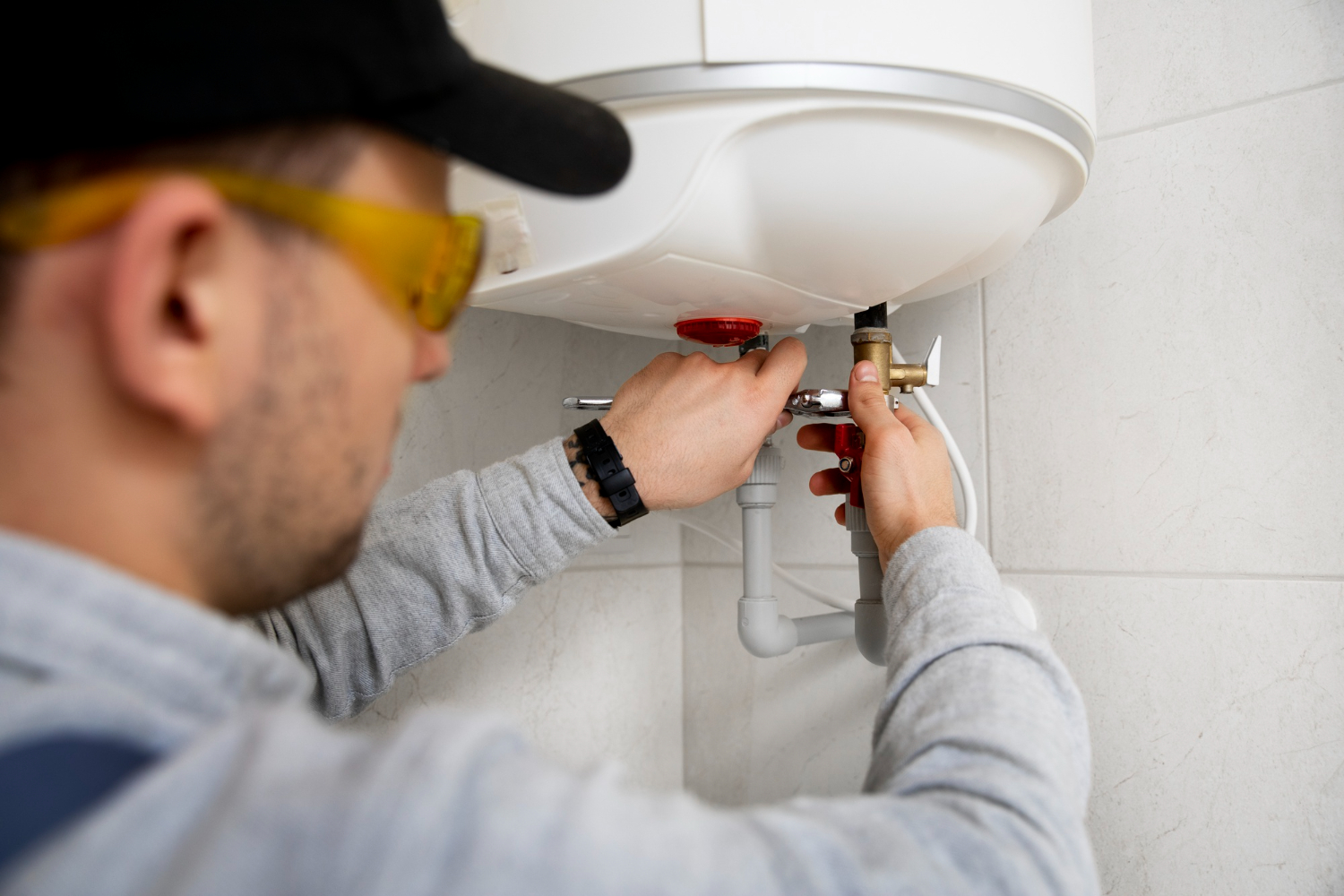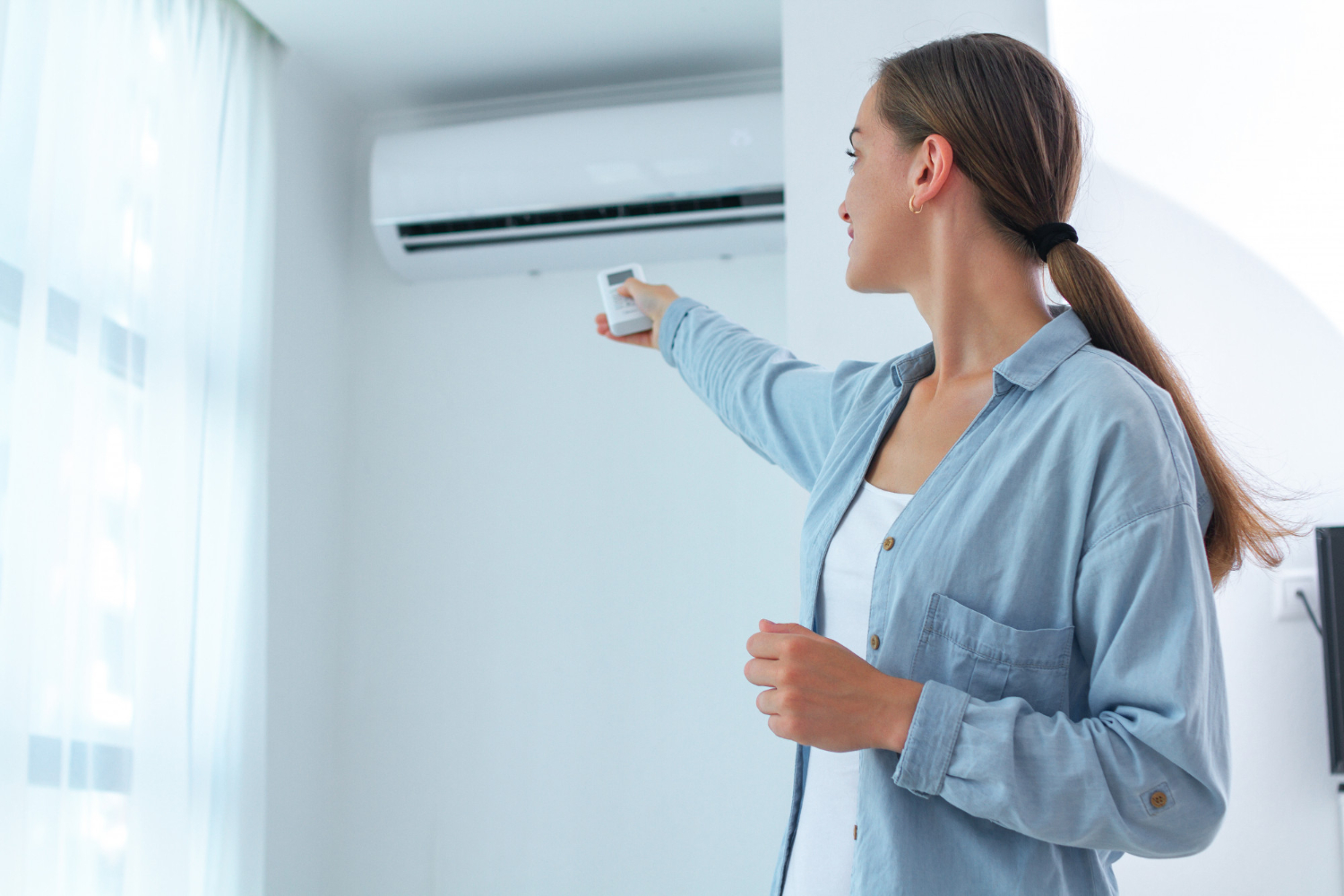Installing a furnace is a major task that requires careful planning and attention to detail. Having a dependable heating system is crucial for maintaining a cozy and comfortable home, especially during the cold months. Whether you are replacing an old unit or installing a furnace for the first time, following a clear process helps ensure everything runs smoothly.
Stay tuned as we walk you through each step of installing a furnace. By understanding each phase, you can ensure a smooth and successful installation, keeping your home warm and comfortable for years to come.
Assessing Your Home’s Heating Needs
Before starting the furnace installation process, assess your home’s heating needs. This ensures you choose the right furnace for your home. Consider factors like the size of your home, the number of rooms, and your heating preferences. These will help you determine the most suitable type of furnace.
First, measure the square footage of your home. This helps decide the furnace size you need. A furnace that is too small won’t heat your home efficiently, while one that is too large may waste energy. Our professionals can help you with these calculations to ensure you get a furnace that’s just right.
Next, consider the type of furnace that best suits your home. Choices include Carrier furnaces, ductless mini splits, and more. Carrier furnaces are known for their reliability and efficiency. Ductless mini splits are great for homes that need flexible heating options without the need for extensive ductwork. Deciding on the right type ensures you get the best performance and energy efficiency.
Considering these factors helps you make an informed decision about your home’s heating system. Always seek advice from our experts to make sure you choose the right option for your home.
Preparing for Furnace Installation
Once you’ve assessed your heating needs, prepare your home for the furnace installation. Proper preparation ensures a smooth installation process. Start by choosing the installation area. It should be a stable, level location that provides easy maintenance access.
Clear the area of any obstructions and ensure proper ventilation. Proper ventilation is crucial to prevent any hazards, such as carbon monoxide buildup. Make sure there are no flammable materials near the installation site. These steps create a safe environment for the installation.
Check your existing ductwork if you are replacing an old furnace. It should be clean and free from obstructions to ensure efficient airflow. If you’re switching to a different type of system, like a ductless mini split or a heat pump, consider any additional preparations required.
By taking these steps, you make the installation process faster and safer. Our professionals will guide you through the preparation to ensure everything is set up correctly. Proper preparation sets the stage for a successful and efficient furnace installation.
Installing the Furnace: Step-by-Step Process
- Turn Off Power and Gas: Before starting, turn off the power and gas supply to ensure safety.
- Remove the Old Furnace (if applicable): If replacing an old unit, disconnect and remove it carefully.
- Position the New Furnace: Place the new furnace in the prepared location. Make sure it’s level and stable.
- Connect the Ductwork: Attach the furnace to the existing ductwork. Ensure all connections are secure to prevent leaks.
- Install the Flue: Connect the flue pipe to ensure proper ventilation for exhaust gases.
- Connect the Gas and Electrical Supply: Attach the gas line and electrical wiring to the furnace. Double-check for any leaks.
- Test the System: Turn on the power and gas supply. Test the furnace to make sure it operates correctly.
These steps are crucial for a successful furnace installation. Our professionals follow these steps carefully to ensure everything runs smoothly. Call our technicians for assistance if you need help with these tasks to ensure a safe and correct installation.
Post-Installation Tips and Maintenance
After installing your furnace, regular maintenance keeps it running efficiently. Start with a few essential tasks. First, check the air filter monthly and replace or clean it as needed. A clean filter ensures good airflow and helps the furnace work better.
Next, keep the area around the furnace clean and clear of any obstructions. This makes sure that the furnace operates safely and efficiently. It also makes maintenance checks easier since the area is accessible.
Finally, schedule regular check-ups with our professionals. They can spot and fix minor issues before they become big problems. Regular servicing extends the life of your furnace and maintains its performance.
By following these tips, you can make sure your new furnace stays in great shape. Regular maintenance is the key to a warm and comfortable home during the cold months.
Conclusion
Installing a furnace involves several important steps, from assessing your home’s heating needs to preparation, installation, and ongoing maintenance. Ensuring each step is done correctly guarantees a comfortable and energy-efficient home. Your furnace plays a vital role in keeping your home warm, and following a clear and precise process helps avoid future issues.
For expert help with your furnace installation in Galesburg, trust the professionals at Neil Thomas Plumbing & Heating Inc. Our team is ready to assist you with all your heating needs and keep your home cozy and warm. Contact us today for a perfect furnace installation experience!



